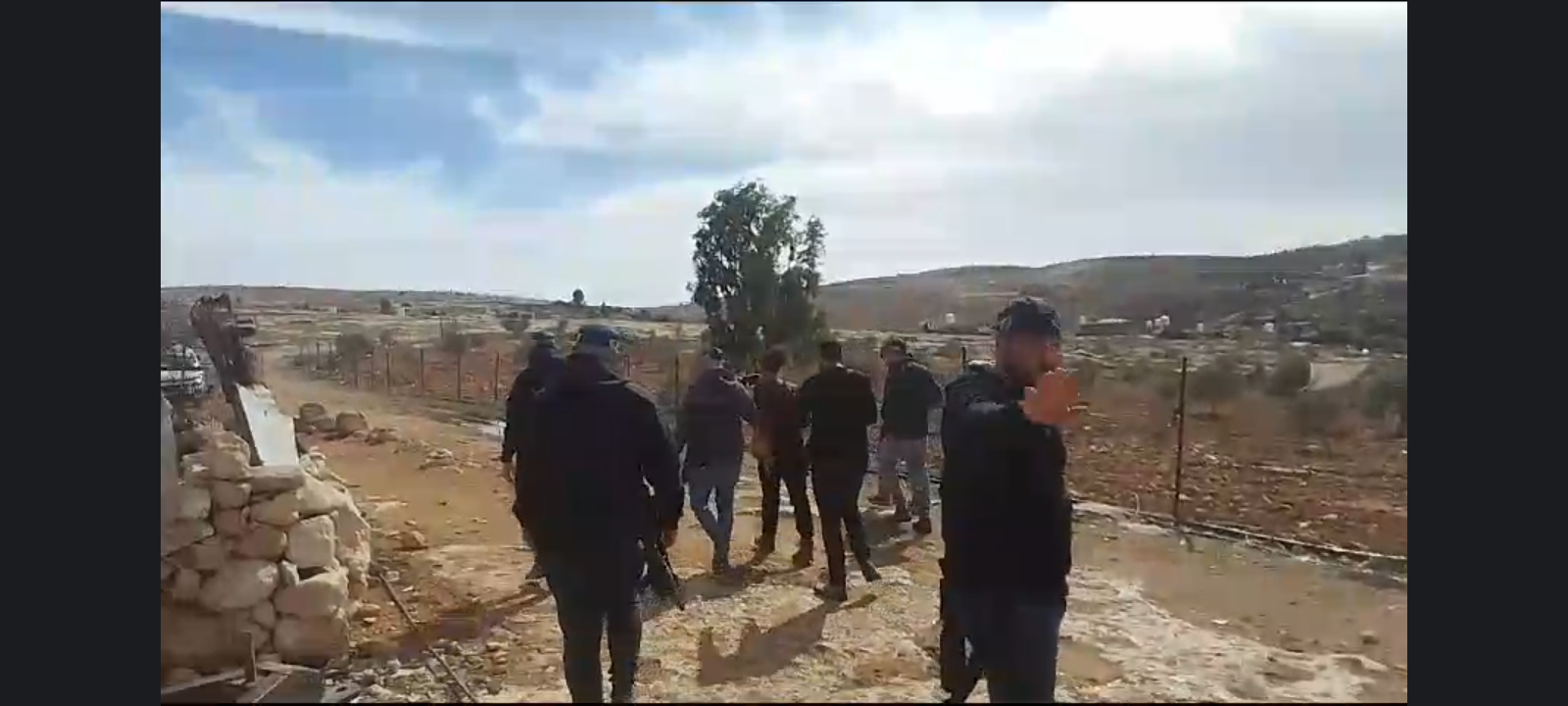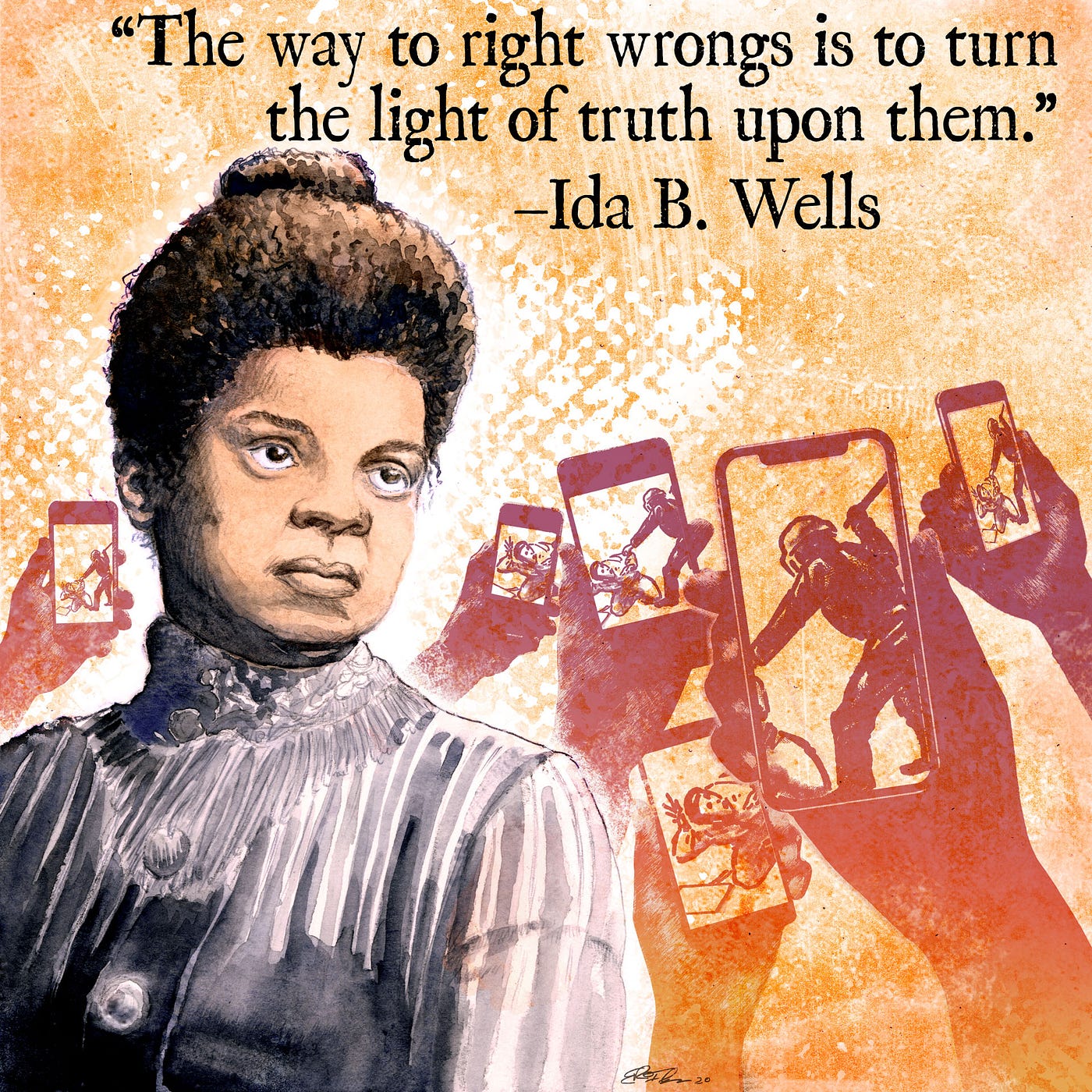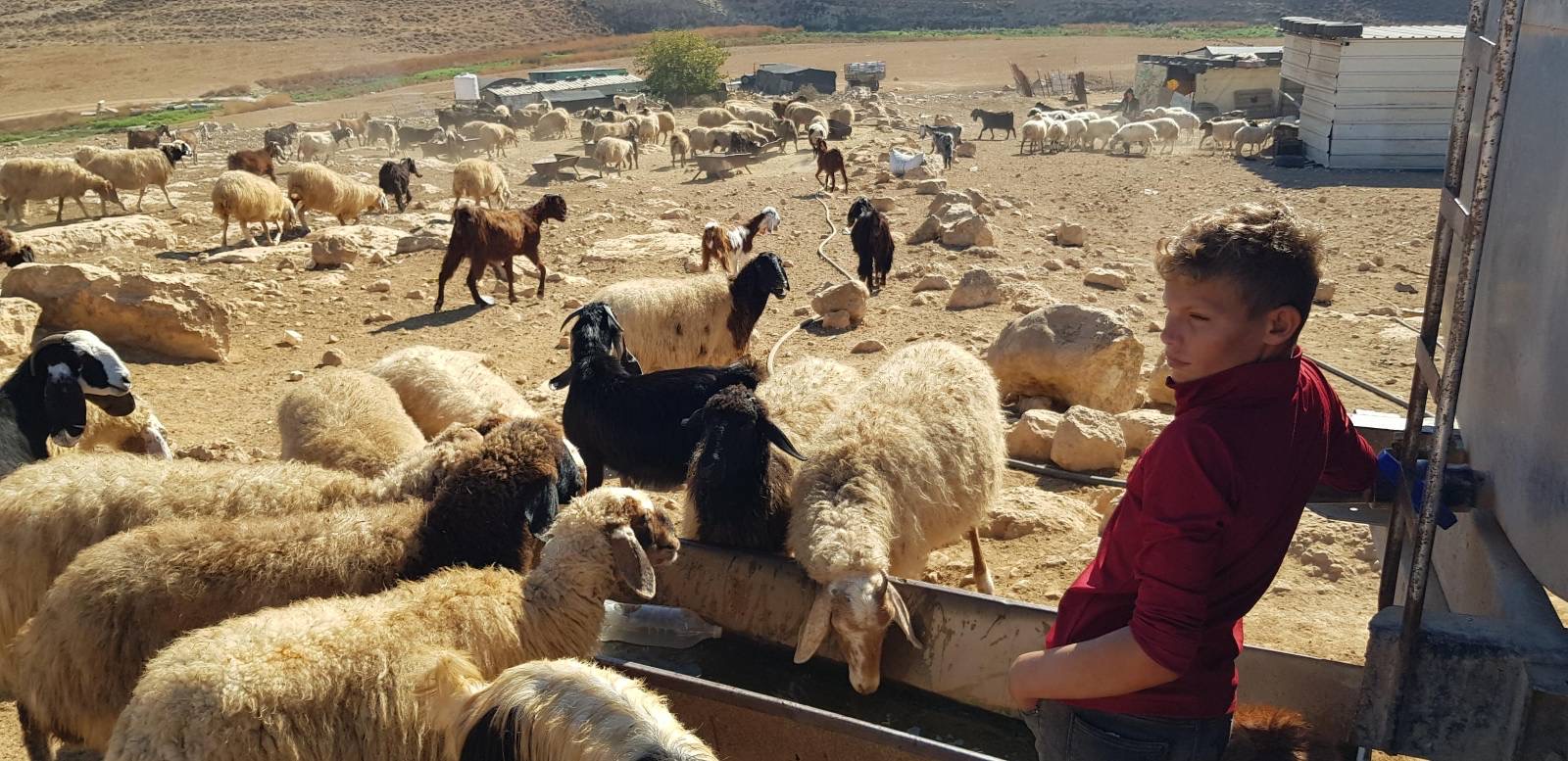-
International Human Rights Monitor Arrested During Destruction of Palestinian Home
Today, on November 22nd, 2023 early in the morning, Israeli occupation forces bulldozed a family home in Sha’ab Al-Butum in the Yatta region of the occupied West Bank which has seen soaring levels of extremist settler and IOF violence against Palestinians and human rights defenders.
-
The Light of Truth
On November 20th, 2023, several of us, Palestinians and internationals, responded to document settlers and soldiers confiscating a young person’s phone and threatening and harassing their household in Al-Rakiz, at the outskirts of Tuwani. The motley bunch of 10-12 local illegal settlers masquerading as soldiers, some masked, didn’t like our being there and watching this […]
-
Wadi Tiran: Facing Ethnic Cleansing, Longing For Home
20 November 2023 | International Solidarity Movement | South Hebron Hills Wadi Tiran is a good example, and sadly one of many, of Israel’s big plan to make Palestine the land without people. Over the last month, the community of Wadi Tiran has been repeatedly “visited” by either settlers or soldiers, or both (since distinguishing […]
Action Alert An Nabi Saleh Apartheid Wall Arrests BDS Bethlehem Bil'in Cast Lead Demonstration Denial of Entry Ethnic Cleansing Farmers Gaza Global Actions Hebron House Demolition International law Israeli Army Jerusalem Live Ammunition Nablus Ni'lin Prisoner Ramallah Rubber-coated steel bullets Settlement Settlers Settler violence Tear-Gas Canister Video



